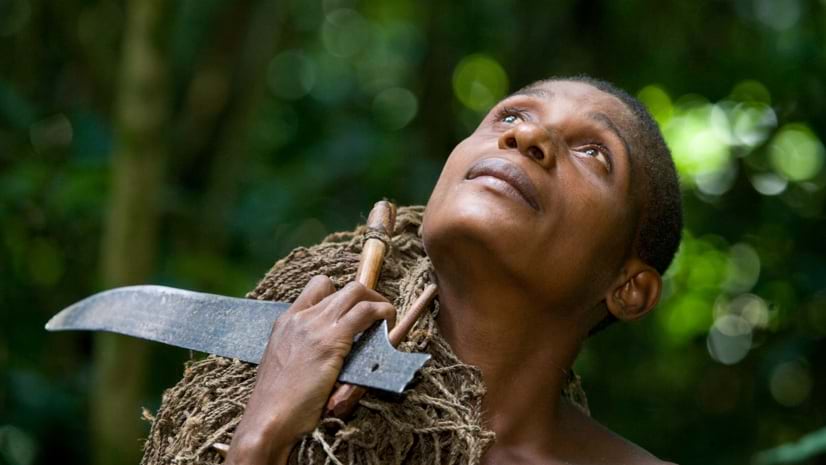
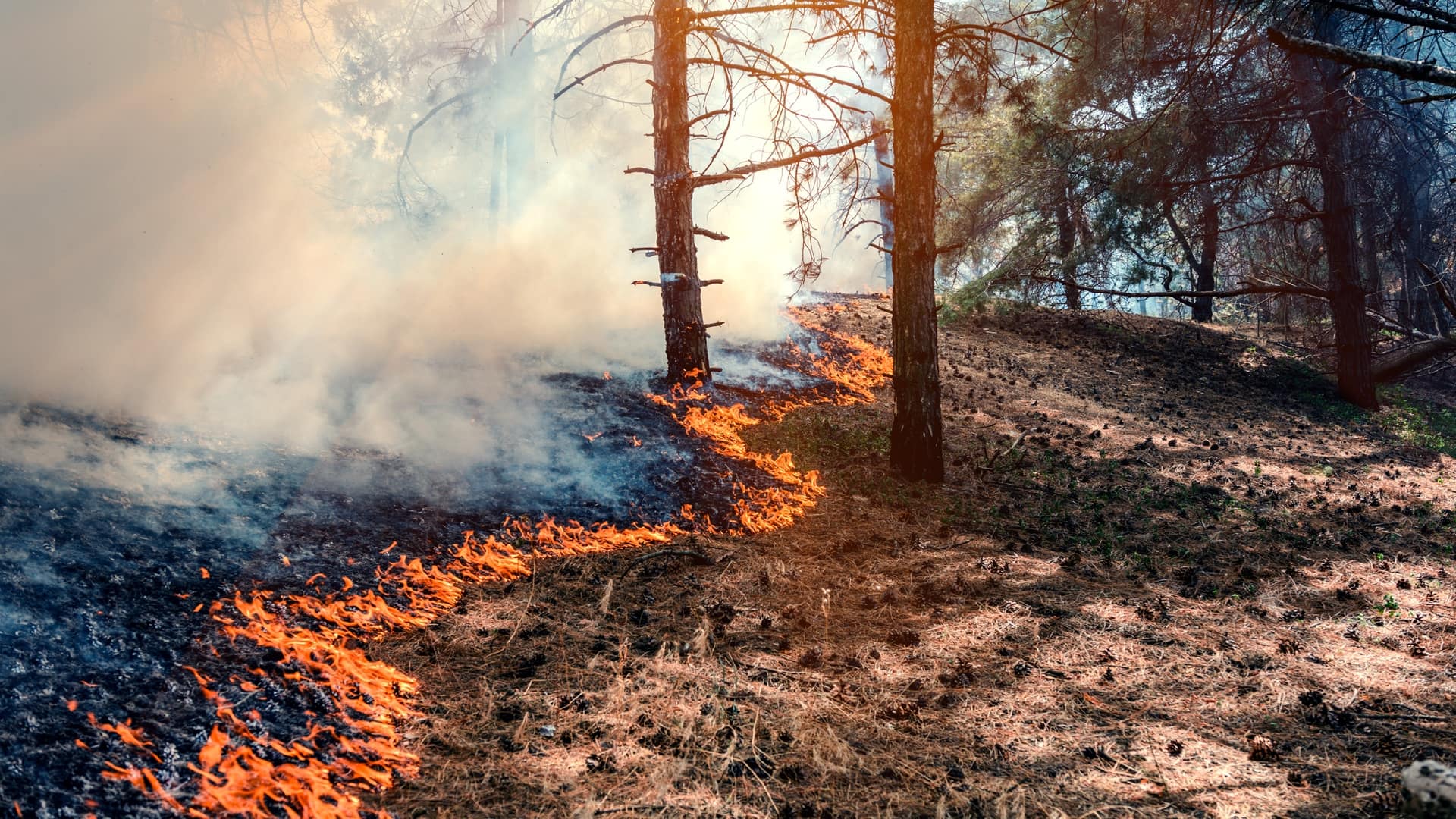
May 19, 2022 | Multiple Authors |
August 15, 2023

The Baka people in the Congo Basin have an interconnected view of their forest. They think of nature as a network. They know how species influence each other and how weather influences everything. This deep Indigenous knowledge is vital to sustainability efforts across Central Africa and the world.
“There’s really a vast perceptual difference in the way they see the forest,” said Thomas Smith, professor of ecology and evolutionary biology at the University of California, Los Angeles (UCLA).
Smith has worked with local Baka experts since the mid-1980s. He founded the Congo Basin Institute (CBI) in part to further the collaboration and advance conservation. Baka guides learned about mapping tools and conservation practices and now these “professors of the forest” work alongside Smith and his team, recording their knowledge using geographic information system (GIS) technology.
The field notes from Baka guides share locations of plants and wildlife as well as seasonal cycles and interactions. This Indigenous knowledge comes together on GIS maps along with data from government ministries, university researchers, conservation organizations, and other local experts. For Baka guides, maps help them inform future generations about the interconnectedness of the forest. For scientists, the Indigenous knowledge fills important gaps and advances the need for protections.
As weather patterns become more intense and species move, the data-driven maps will help efforts to preserve the forest, especially in places where species will relocate to adapt to new climates.
“The forest faces fundamental challenges,” Smith said. “The Baka people are our interpretive guides to understand what direction to go.”
Smith is an evolutionary biologist. His early work in the late 1980s with the estrildid finch revealed how bill size in this species was not distributed or determined by sex, age, body size, or geographic origin. In contrast to Charles Darwin’s famous finches, these birds differed in ways that seemed to favor ongoing evolution.
Over Smith’s 40-plus years in Africa, he has continued to study how rainforest species evolve. In more recent research, the CBI team discovered that transition zones between rainforest and savanna are critical because these contact zones are where evolution happens. These places not only preserve species but generate them.
Unfortunately, these places are also where humans want to settle, on the edge of the forest, not within it. By losing crucial pieces of land where ecosystems mix—called ecotones—plant and animal species lose areas that support adaptation.
“I realized that we’re doing conservation wrong in Africa,” Smith said. “We’re preserving the pattern of biodiversity—species hot spots—but we’re not preserving the processes that produce and maintain biodiversity.”
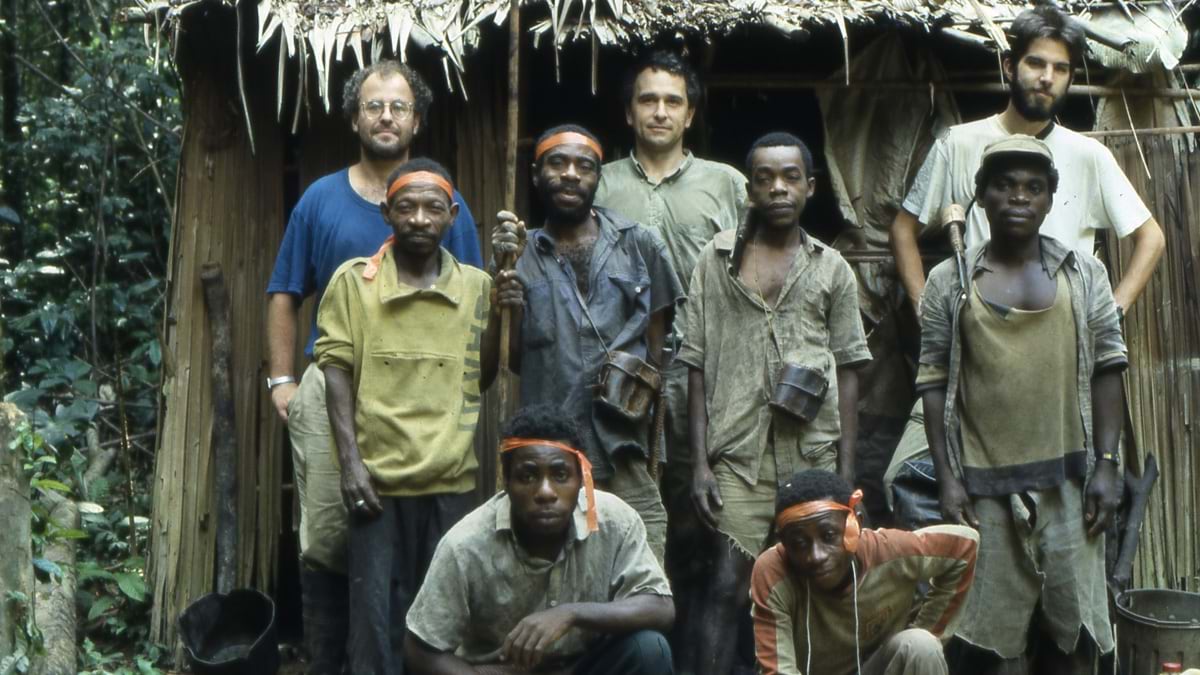
The work of CBI team members focuses on the conservation of process, not just pattern. That means their science centers on the biotic processes that underlie and maintain the biodiversity of the forest.
There are more than 10,000 species of tropical plants in the Congo Basin, with 30 percent unique to this iconic forest. The area is home to endangered wildlife, including forest elephants, chimpanzees, bonobos, and lowland and mountain gorillas. Often called “the lungs of Africa“, the Congo Basin absorbs more carbon than the Amazon rainforest and provides an essential lifeline to an incredible web of life over an area larger than Alaska.
Anthropologists think the Baka people have inhabited the Congo Basin for 200,000 years, living as hunter-gatherers and getting to know the forest. They use GIS to create and interpret maps, but in the forest, Baka guides rely on the maps they hold in their minds.
“One of my favorite things to do was to go trekking with [Baka guides] for three weeks,” Smith said. “I would have no clue where I was, and they would know exactly where they were. We’d be walking for three days, and they would stop and say, ‘Hang on, I want to check a tree over there to see if it has ripe fruits.’”
Maps of species and resources are part of the Baka guides’ neural networks. Their ability to sense in the deep rainforest has led to many discoveries and a more accurate inventory of the forest.
“When we’re doing wildlife census work, it’s largely by sound because you can’t see far in the rainforest,” Smith said. “The Baka guides can tell by the sound of a twig cracking on the forest floor whether it’s a chimpanzee or a duiker.”
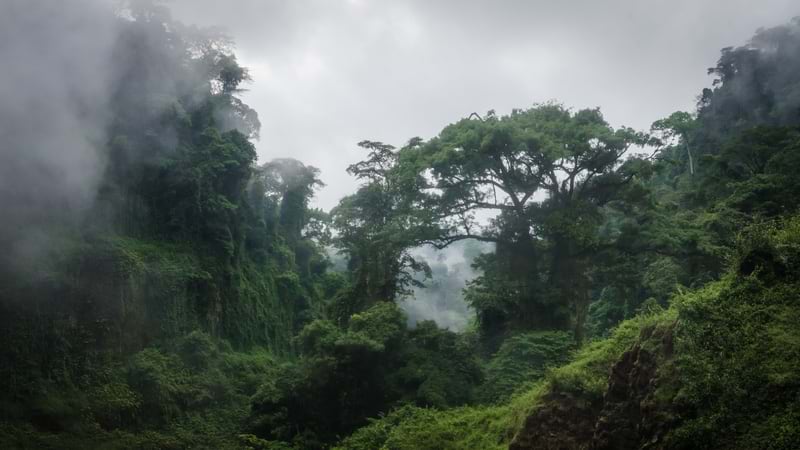
The treks Smith took with local guides covered extensive distances, often on animal tracks rather than established trails. Smith related how the Baka guides always knew their location, the distances to their destination, and how long it would take to get there. He witnessed how they read the landscape through sound, animal tracks, insects, or the sky. They knew what wildlife they would encounter, and exactly what the forest would look like up ahead.
“When I go into the forest with them, my perception is heightened,” Smith said. “We’ve had so many experiences . . . I was in an area with a lot of gorillas, and the Baka guide said there was a silverback and a female carrying a baby on her back. I was skeptical, but sure enough, we walked another 100 meters, and there they were in a clearing.”
Smith has been so enthralled with their knowledge that he couldn’t help testing its limits.
“I’m asking questions all the time, ‘What about this?,’ ‘When are we going to see that?,’” Smith said. “At one point, I asked, ‘Do you think it’s going to rain?,’ and it was a guide named Augustine who said, ‘I’m not God.’”
The Congo Basin Institute has partnered with universities around the world to build higher education resources in Central Africa. People from local villages are trained in ecological research techniques such as wildlife surveys and hired at a professional wage to work on conservation projects.
The aim is to gather traditional ecological knowledge about this critical natural area. “The Baka know 300 species of tree, the seeds from those trees, and they can identify the seedlings from those trees,” Smith said. “We now have professors of the forest who not only know the Baka names but all the Latin names. They are a phenomenal resource for anyone trying to do conservation work in the Congo Basin.”
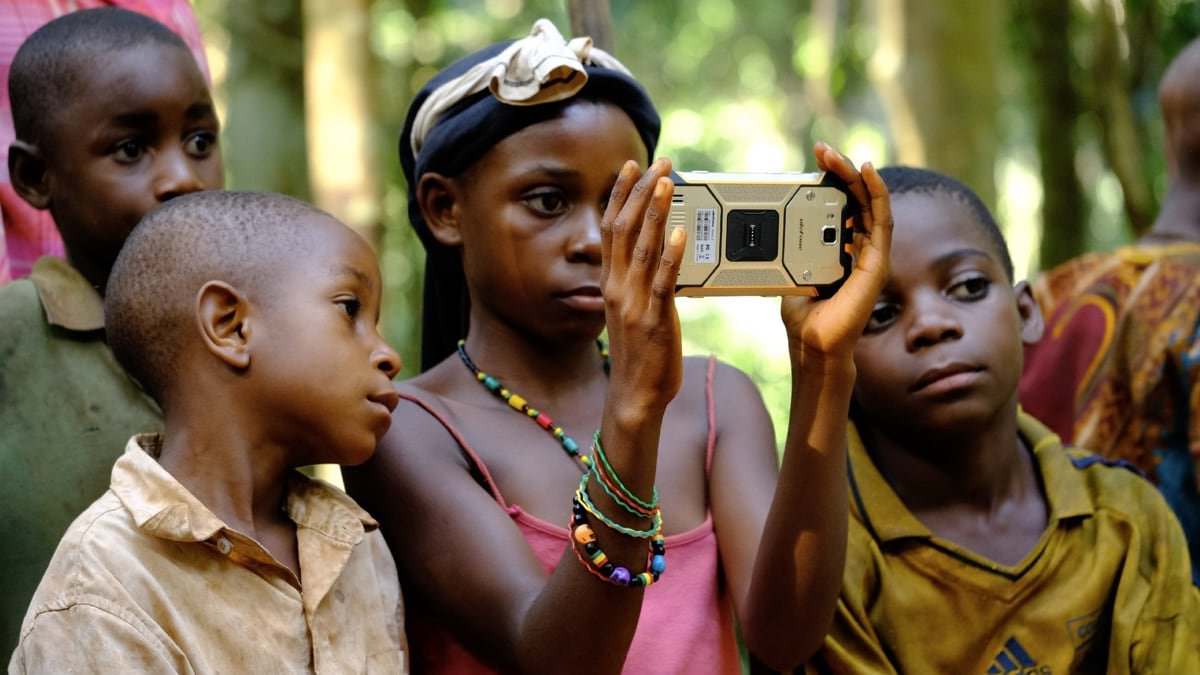
CBI aims to extend the network of field research stations in the Congo Basin to improve monitoring and preservation efforts. There are just a handful of stations now, in contrast to the hundreds that dot the Amazon in South America. Yet this region holds similar biodiversity value and the critical climate stabilizing role of carbon sequestration.
Recently, CBI started a school for young people. There, the professors of the forest transmit their knowledge to future generations. Maps play an important role in the classroom to show interconnections that can be reinforced in the forest.
Already, the partnership is seeing benefits to the local natural world. When the Zoological Society of London set out to study the giant pangolin, a 70-pound endangered species closely related to the most-trafficked mammal, they had difficulty finding any.
“They asked me if the Baka guides could help,” Smith said. “Our trained crew quickly found 20 burrows, set up camera traps, and captured the first images of a giant pangolin coming out of its burrow.”
Learn more about how GIS helps achieve sustainable conservation by applying the power of geography.

May 19, 2022 | Multiple Authors |
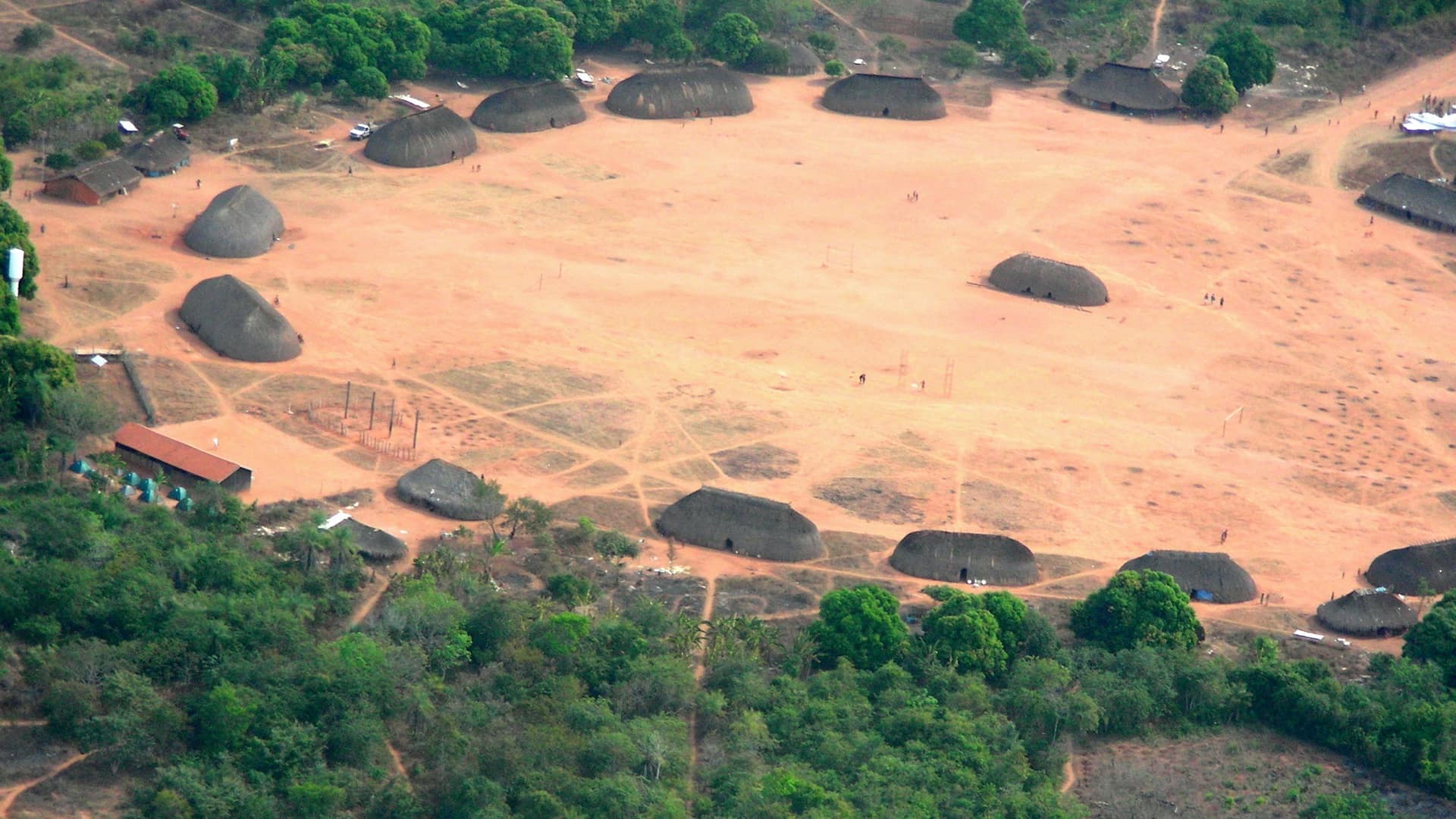
August 18, 2020 |
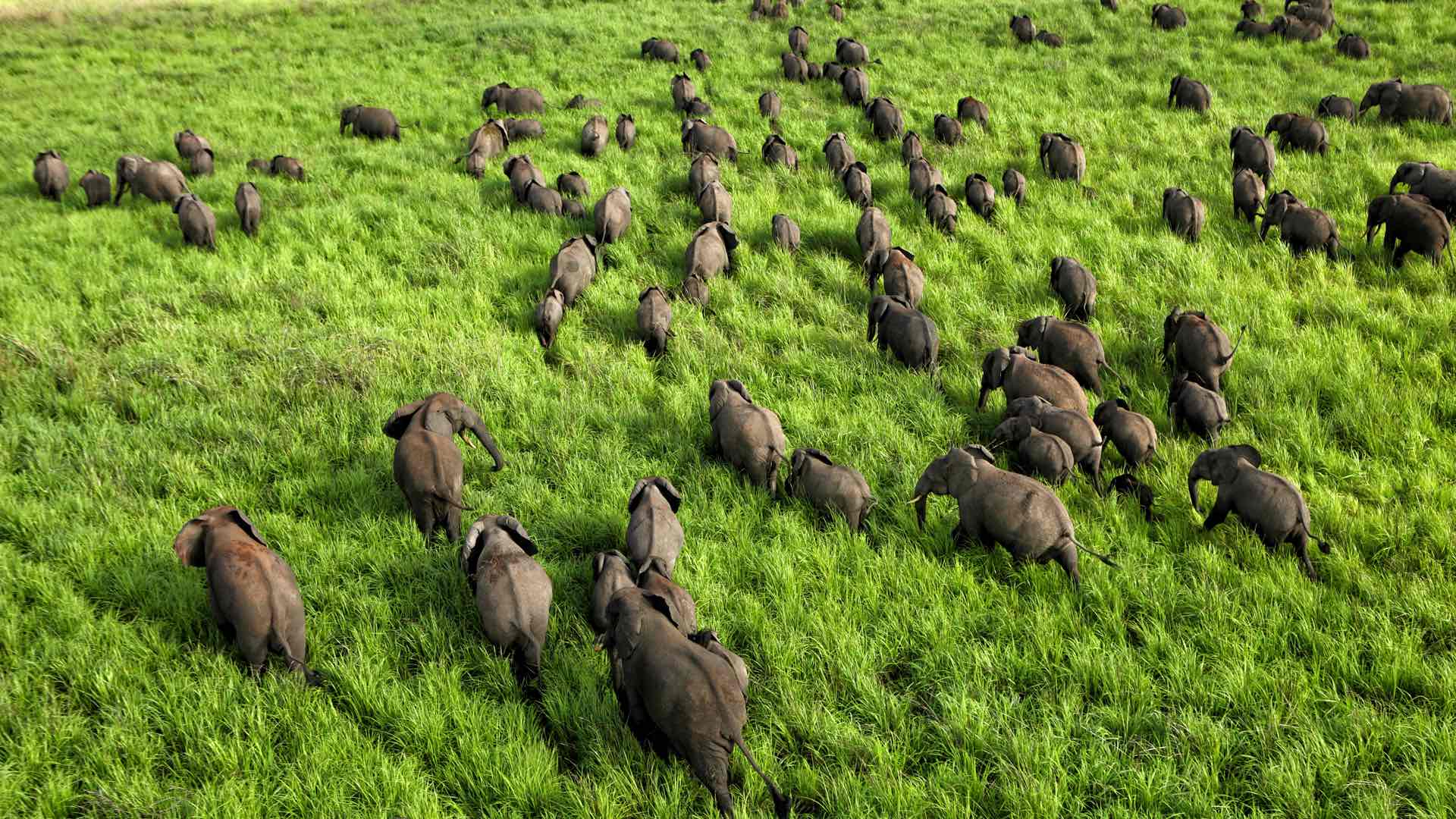
September 18, 2019 |